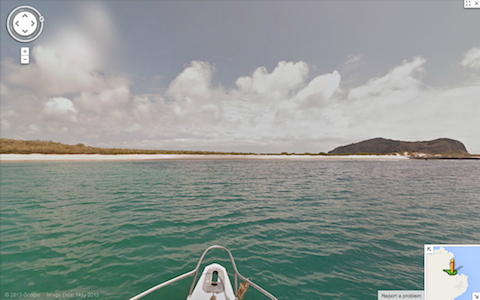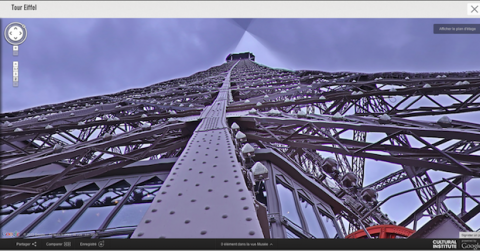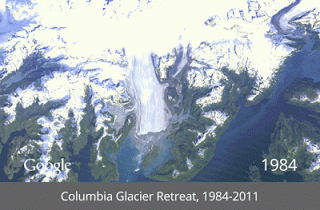Recently, Wired writer Steve Silberman (aka @stevesilberman) shot us a note on Twitter, saying, “@openculture, do not miss this brilliant ad. Most touching movie (in 3 mins!) I’ve seen in years.” Released on November 13th, the video has already clocked over 10 million views. But chances are you haven’t seen it. And that’s because it’s targeted to the web-enabled middle class of India and Pakistan. As The Dawn, Pakistan’s oldest English newspaper, describes it, the Google-created ad entitled “Reunion” “portrays two childhood friends, now elderly men, who haven’t seen each other since they were separated by the 1947 partition that created India and Pakistan from the old British empire in South Asia. Partition sparked a mass exodus as millions of Muslims and Hindus fled across the new borders amid religious violence.” Now Google search products are helping to bring old friends and neighbors back together.
Cynics may be quick to judge this a saccharine, manipulative ad. But others are seeing in it something else — a sign that “personal connections between Indians and Pakistanis run deep.” Even if their governments gain something from keeping the conflict alive, everyday people in India and Pakistan are increasingly ready to put history aside.
Note: If you click CC at the bottom of the video, you can use captions to translate the film into nine languages, including French, Malayalam and Urdu. It is preset to English.
Don’t miss anything from Open Culture. Sign up for our Daily Email orRSS Feed. And we’ll send quality culture your way, every day.





